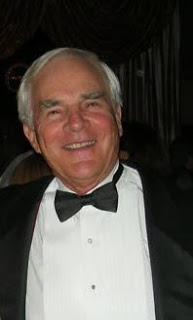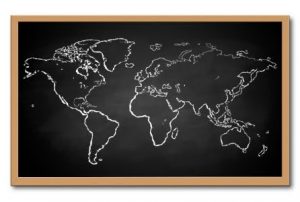
Education Correspondent, NewsHour with Jim Lehrer
This post originally appeared on the Breakthrough Learning in a Digital Age blog.
I vividly remember a physician friend of mine, Dr. Karen Hein, saying that, for AIDS, asthma and other health problems, geography was destiny. She meant that poverty and the problems associated with it were key determinants of health. Poor people got the short end of the stick: less access to preventive care, more diseases, and fewer resources to help them recover.
Now a new report sponsored by the Knight Foundation suggests that geography is also destiny for our democracy. The just-released report, “Informing Communities: Sustaining Democracy in the Digital Age,” suggests that we now have what it calls ‘second class information citizenship.’
Many of us suffer from information overload, but some communities—geography again–have a very different problem: not enough information and insufficient skills to separate the wheat from the chaff.
In an era when many of us are em bracing Twitter, Facebook and other ‘virtual communities,’ we may think that walls are breaking down everywhere, but this report tells us that real (geographic) communities matter more than virtual ones. Technology itself is inherently democratic—a computer doesn’t know (or care) whether you are rich or poor; able-bodied or not; black, white or brown—but access to technology is a different kettle of fish. Who has access to technology is crucial—and access often comes down to geography.
bracing Twitter, Facebook and other ‘virtual communities,’ we may think that walls are breaking down everywhere, but this report tells us that real (geographic) communities matter more than virtual ones. Technology itself is inherently democratic—a computer doesn’t know (or care) whether you are rich or poor; able-bodied or not; black, white or brown—but access to technology is a different kettle of fish. Who has access to technology is crucial—and access often comes down to geography.

